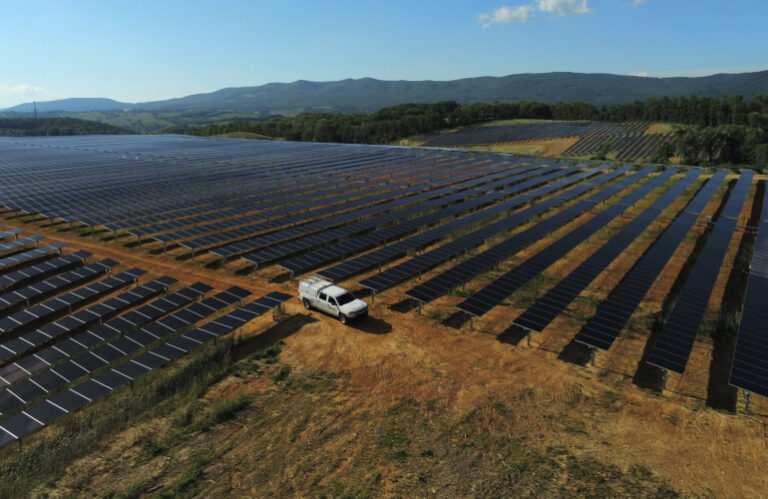The solar industry is innovating and developing rapidly. It is also young and still acquiring best practices. Today’s renewable energy developers sometimes rush through the crucial early research phase that developers in older industries, such as utilities and construction, have learned not to overlook. Determining the lay of the land sets the schedule for everything that comes next, including whether a project goes ahead. If done right and early, it can prevent broken schedules and budgets.
Here are a few nightmare scenarios:
- A hasty survey failed to measure the height of the property at 6 feet, and now your site is under water due to a flood.
- You expected a height of 30 meters, but in reality it is 30 meters. Sounds like a negligible difference, but it isn’t. This is known as a “grade failure,” and it’s as bad as it sounds.
- You arrive at your location and see someone cutting down trees. But your outrage quickly turns to sheepishness when you hear that the person is actually on their own turf. Your research is off by dozens of hectares.
- The spot you thought was one size turns out to be three times the size – and 250 meters in the wrong direction.

As experienced people like to say, there is never enough money to do it right the first time. And yet there is always money to get it right the third time. Credit: Bowman
The dangers implied by these revelations are clear: millions of dollars worth of lawsuits, angry customers, missed deadlines, bloated budgets, and even neighboring property owners dictating terms that push your project into the red. It also damages the industry’s reputation, especially when mistakes lead to negative headlines.
When the lack of surveying work leads to unpleasant surprises, the costs can increase two to three times as much. This should come as no surprise. If you build a deck incorrectly on your house, you will have to tear it down and rebuild it. Commercial level projects are also likely to involve investigation, adding further costs.
How did this happen?
Unfortunately very easy. New technology has been the lifeblood of the industry. But it can also be a curse. We are inundated with new aerial photography, lidar and mapping tools. It can give the impression that all you have to do is stick a drone in the air, click a few buttons and create a surface that is a faithful representation of the real thing. Equipment is available so that anyone can operate and achieve a result. That doesn’t mean this is the correct result.

When the lack of surveying work leads to unpleasant surprises, the costs can increase two to three times as much. Credit: iStock
Geographic information systems (GIS) tools are widely misunderstood. GIS data, public and readily available, makes for a temptingly cheap solution for a real-world development project. But that is absolutely not what GIS is intended for. The huge disclaimers that say so much on these sites are not wrong. Buying lidar mapping data may seem like the most responsible path. But even there the quality of the data can be low: it is intended for general use, not for project design. It doesn’t take long for aerial data to become outdated, as anyone familiar with Google Earth can tell you.
Veterans from other industries know that the trick is to get there early and give the research the time it needs to get it right. New technology is only as good as the initial control data you put into it. Use whatever it takes to achieve the precision you need: conventional survey technology, remote sensing, drones, aerial surveys, 3D laser scanning or land surveys.
This includes personally going in with boots on the ground. Even with the best tools, the data must be ground-truthed, or physically verified.
A robust QA/QC process prevents unpleasant surprises afterwards. Whatever data you start with, confirm and reconfirm it by going out and looking. If your surveyors aren’t doing that, they’re not doing it right.
“Getting it right” doesn’t mean following best practices per se. The point is not to blow up the project late in the game for easily avoidable reasons. As experienced people like to say, there is never enough money to do it right the first time. And yet there is always money to get it right the third time.


